Canon
Latest
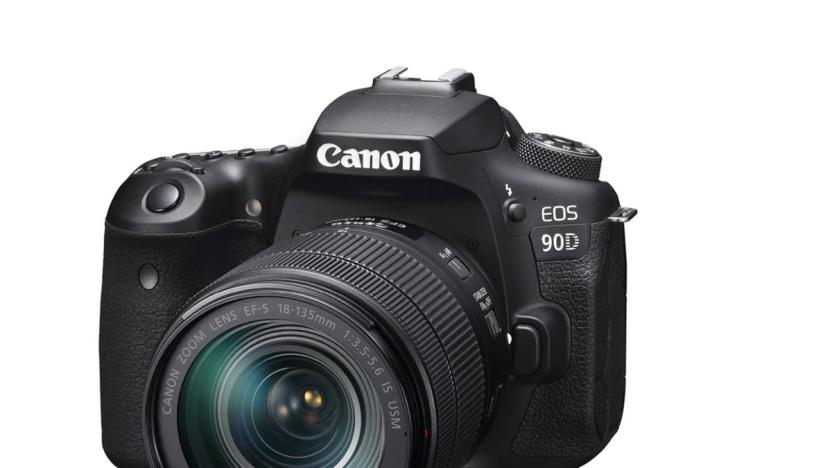
Canon's EOS 90D DSLR and mirrorless EOS M6 Mark II pack 32.5-megapixels
Photographers interested in mid-range models have a couple of new options now, since Canon has officially announced the EOS 90D DSLR and mirrorless EOS M6 Mark II. The announcement confirms specs that leaked last week, with both cameras sharing quite a bit of their hardware capability. 32.5 Megapixel CMOS(APS-C) Sensor DIGIC 8 Image Processor 4K UHD up 30p and 1080p FHD up 120p video recording with no crop Dual Pixel CMOS AF in Live View with 5,481 manually selectable AF positions Electronic shutter with a minimum of up to 1/16000th Built-in Wi-Fi and Bluetooth Technology The EOS 90D improves on its predecessor, the 80D that was introduced in 2017, with its new sensor that bumps resolution up from 24.2-megapixels to 32.5, full-width 4K video recording, a newer image processor inside and up to 10fps burst shooting with autofocus, compared to 7fps on the 80D. There's also a new autofocus joystick and a few other button tweaks, but the frame is largely the same as before. The 90D will go on sale in mid-September for $1,199 if you want just the camera body, while adding an 18-55mm kit lens takes the price to $1,349, or you can swap in an 18-135mm lens at a price for $1,599.

Canon leaks its EOS 90D DSLR and mirrorless EOS M6 Mark II cameras
Canon's Australian website appears to have accidentally leaked a pair of important new cameras, the EOS M6 Mark II mirrorless and EOS 90D DSLR. Promo videos for the cameras spotted by Canon Rumors (and quickly pulled by Canon) show impressive specs for the two mid-range models. Both feature all-new 32.5-megapixel APS-C sensors, 4K video at up to 30 fps with 120 fps full HD, and Dual Pixel autofocus with eye detection.
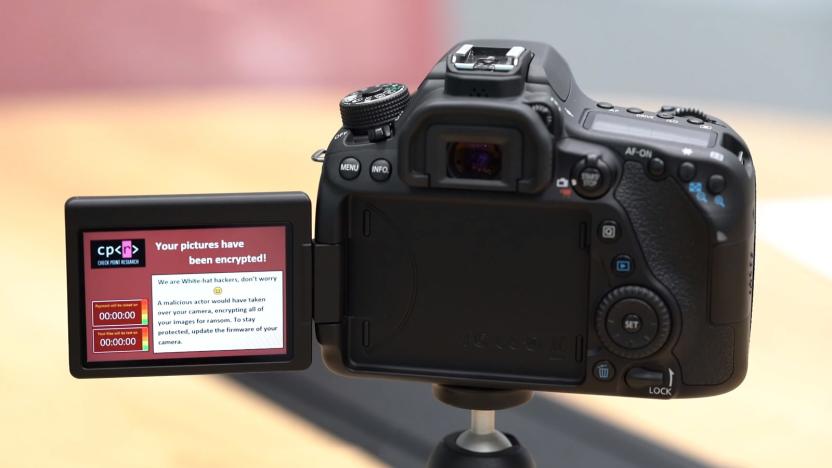
Even DSLR cameras are vulnerable to ransomware
Cameras are among the few devices that don't connect to the internet, so you'd think they'd be immune to hackers. However, researchers have discovered that some DSLRs and mirrorless cameras are actually vulnerable to ransomware attacks, of all things. Once in range of your camera's WiFi, a bad actor could easily install malware that would encrypt your valuable photos unless you paid for a key.

Canon's G7 X III can shoot vertical video for your Instagram
Canon has unveiled a pair of PowerShot cameras that are well suited for YouTube and Instagram creators, even more so than its high-end EOS R cameras. The G7 X III and G5 X II, successors to the PowerShot G7 X II and G5 X, both pack 20-megapixel 1-inch CMOS sensors with DIGIC 8 image processors, and can shoot photos at 20 fps with a respectable ISO level of 12,800.

Canon is crowdfunding a tiny, rugged clip-on camera
Canon may be late to the clippable camera party, but it's still convinced it can bring something new to the table. The company is preparing a crowdfunding campaign for the Ivy Rec, a clip-on rugged camera that's designed to capture your hikes and other outdoor adventures. The cute-looking device won't win the image quality wars with a 13-megapixel sensor and 1080p 60FPS recording. However, it's built around a tiny water- and shock-resistant design that should be safer to use than your phone in the woods or at the beach.

The best cheap scanner
By Ben Keough This post was done in partnership with Wirecutter. When readers choose to buy Wirecutter's independently chosen editorial picks, Wirecutter and Engadget may earn affiliate commission. Read the full guide to cheap scanners. We've spent nearly 70 hours testing inexpensive flatbed scanners, and we're convinced that the Canon CanoScan LiDE 300 is the best one for everyday users. While it's not the quickest or most powerful scanner, it hits a sweet spot with great out-of-the-box image quality, and a simple setup, compact size, light weight, and low price that puts it in a class of its own. Though it's the junior member in Canon's lineup, the LiDE 300 provides ample resolution, fast-enough scans, and all the same software features as its more expensive stablemate. In our tests it produced excellent results with a wide variety of content, from office docs and photos to books and children's drawings. We also liked its simple, one-cord setup and compact, lightweight design. You'll have to deal with Canon's clunky, outdated software, but that's par for the course with scanners—and it's actually better than what you'd get from Canon's chief rival, Epson. If you want to scan film with a flatbed, Epson is the only game in town, and the Perfection V550 is your best bet. Film scans look great whether you're working with negatives or slides, and Epson's Digital ICE technology does an excellent job of bringing even old, scratched up celluloid into the modern era. However, the V550 isn't as quick as the LiDE 300, and we don't like its image quality as much on default settings. The software situation is dubious, too, since crucial software can't be downloaded and must be installed from the included CD-ROM.
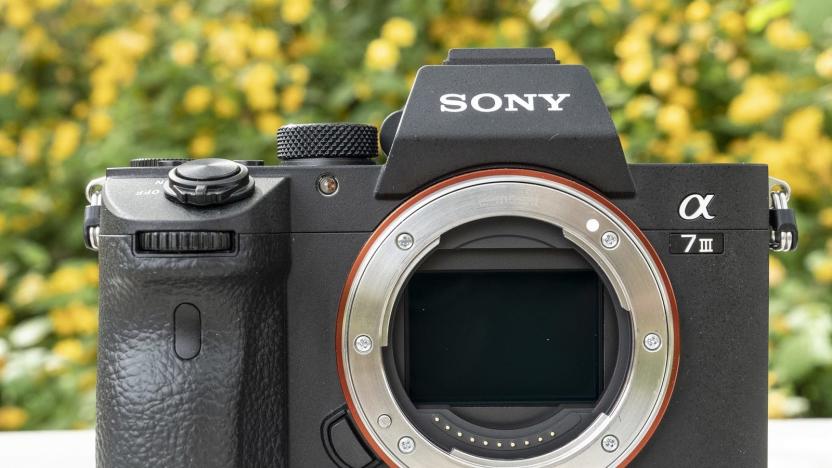
Why Sony still dominates the full-frame camera market
Before Canon and Nikon even launched their all-new full-frame mirrorless camera systems, I figured they'd have a tough time against the entrenched leader, Sony. They needed to be very aggressive with the pricing and features, something neither company tends to do. But the opportunity was there. Both were building all-new camera systems from scratch, so they could examine what made Sony's stellar A7 III and A7R III cameras successful and then try to do better. Canon's EOS R and EOS RP, and Nikon's Z 6 and Z 7 have now been on sale for a few months, so what's the verdict? Well, the market has spoken loud and clear. At least in Japan, the home market of all these companies, the Sony A7 III is the clear leader in sales while Canon and Nikon have dropped. So what went wrong? After testing all the cameras, I believe it's a tale of Sony's technological superiority and missed opportunities by its rivals, especially Canon.

The best lenses for Canon RF mount
Many photographers keep a cheap compact 50mm lens in their bags, but that is not what Canon has made here. The Canon RF 50mm F/1.2 is over 2 pounds and costs more than $2,000, but what you're getting for that is an incredible sharp lens with an ultra-wide aperture, perfect for super-blurred backgrounds or letting in tons of light. With no image stabilization and a noisy focus motor this is not a lens for video, but if you need a top-performing lens that takes full advantage of the new RF mount, the RF 50mm F/1.2 is the top of the class. READ ON: The best lenses for Canon RF mount
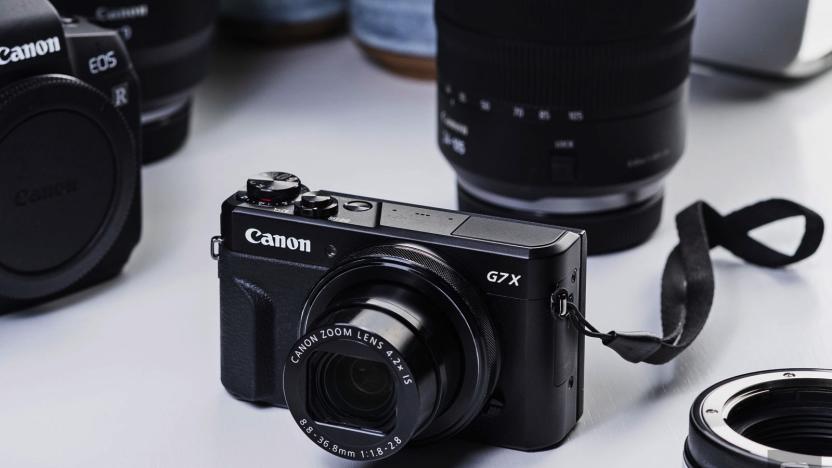
The best companion cameras
Looking for a trusty point-and-shoot with a versatile lens and don't want to spend $1,000? The Canon PowerShot G7 X Mark II -- with a 20MP sensor and strong low-light performance -- might be the camera for you. The G7 X Mark II's lens is 24-100mm equivalent, and it comes with a tilting screen, manual control ring that can be used to adjust aperture, focus or zoom (among others), and even a tilting pop-up flash. Its 12-bit raw files give a lot of flexibility in editing, and while its battery life falls a little short of the competition, if you need a travel or social camera, the G7 X Mark II has a lot to offer. READ ON: The best companion cameras

Canon EOS RP review: A full-frame camera that cuts too many corners
Canon's new full-frame mirrorless RF system looked incredibly promising, but it got off to a rough start with the launch of the EOS R, a camera that was missing key features next to rival models from Nikon, Sony and Panasonic. Rather than introducing a better flagship model, however, Canon took the opposite approach. It launched the 26.2-megapixel EOS RP, the lightest and, by far, the least expensive new full-frame mirrorless camera on the market. It's great to have a cheap full-frame mirrorless option, but the problem for Canon is that it only has one affordable RF lens option, and the other two pieces of glass are nearly twice as expensive as the camera itself. And while it's lightweight, portable and has a flip-around screen, the EOS RP is missing several key features, like in-body stabilization. For $1,299, does it truly deliver in value compared to other full-frame mirrorless options?
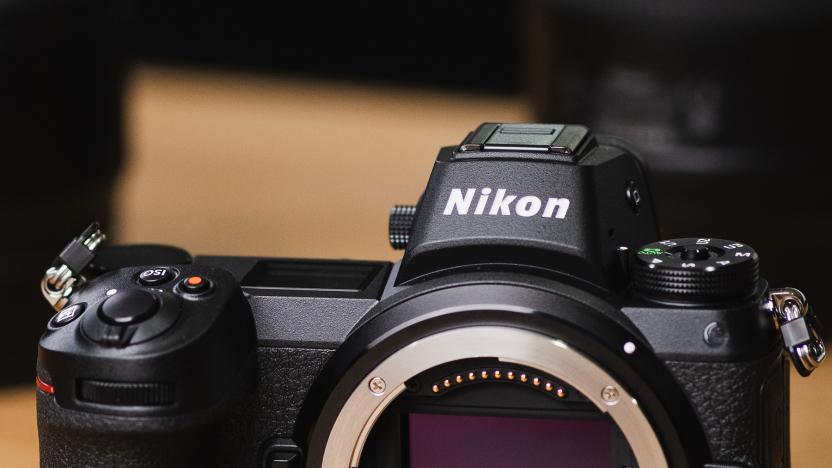
What makes mirrorless cameras unique?
While most photographers have left film far behind, many of us are still reliant on another piece of camera tech that's over 70 years old: a mirror. Mirrorless cameras ditch that mirror to let lenses project light directly onto the sensor, and that leads to a host of other differences in how they capture images when compared to their DSLR forebearers.

A brief history of mirrorless cameras
Mirrorless cameras are here to stay. The argument to own one isn't only about them being small and lightweight anymore, because nowadays many mirrorless shooters rival DSLRs in image quality -- something that would've been unimaginable a decade or so ago. Today, the likes of the Sony A7 III, Nikon Z7, Canon EOS R and Panasonic S1R are some of the best cameras, period. But none of these flagships would exist today if it weren't for the hundreds of Micro Four Thirds and APS-C models that came before them, some of which are still popular and have paved the way for manufacturers to turn photographers and videographers alike into mirrorless fans.
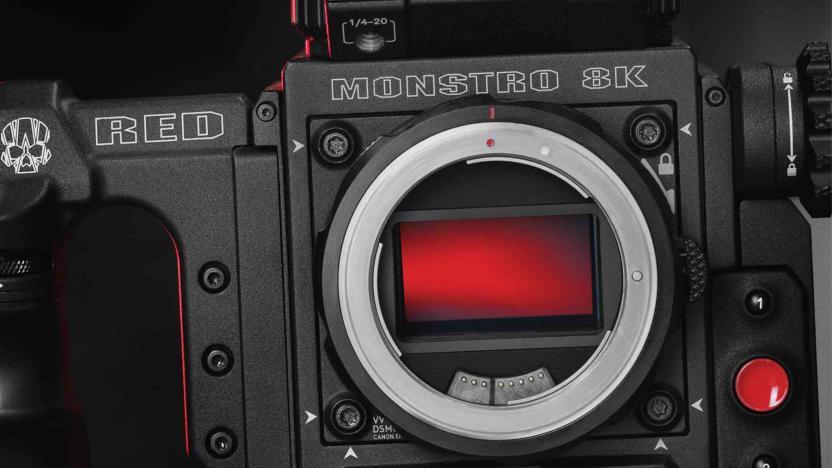
The cameras YouTubers love
It's easy to forget that for some of the world's biggest YouTube creators, their rise to internet stardom all started with making videos on a webcam. That's exactly how people like Marques Brownlee (aka MKBHD) and Justine Ezarik (aka iJustine), who now have more than 8 and 5 million subscribers, respectively, began their careers as YouTubers almost a decade ago. But for both of them, gone are the days of using a webcam to create video content. As technologies such as full-frame mirrorless cameras, 4K and 8K have emerged, so too has Brownlee's and Ezarik's desire to up their production value -- especially since their channels focus on consumer electronics. In 2019, videos from Ezarik and Brownlee can rival quality from TV shows and films, thanks to their investment in cameras like Sony's A7III and RED's 8K-ready DSMC2 Brain. The latter is a $60,000 system, which shows just how serious Brownlee is about the videos he makes. And Ezarik and Brownlee aren't the only ones trying to push the envelope for YouTube creators. Jacques Slade, whose channel about sneakers and tech has more than 1 million subscribers, works with a camera setup that consists of three Sony A7 IIIs. Popular YouTuber Casey Neistat, meanwhile, switches among a Canon 6D Mark II DSLR and Sony's A7R II and A7S II full-frame mirrorless shooters. It's clear there isn't a one-camera-fits-all solution for YouTube creators; they each have their own preference based on the brands they like, their audience and what they're shooting on any given day. For example, when Brownlee isn't using his RED 8K camera because he needs a smaller and lighter shooter, he'll jump to the Canon EOS-1D X Mark II. That's a long way from the webcam he started with on YouTube in 2009. To learn more about Brownlee's and others' choices, we spoke to some of the world's biggest YouTubers, who talked about the cameras they started with, what they're using now and what they recommend for newcomer creators.
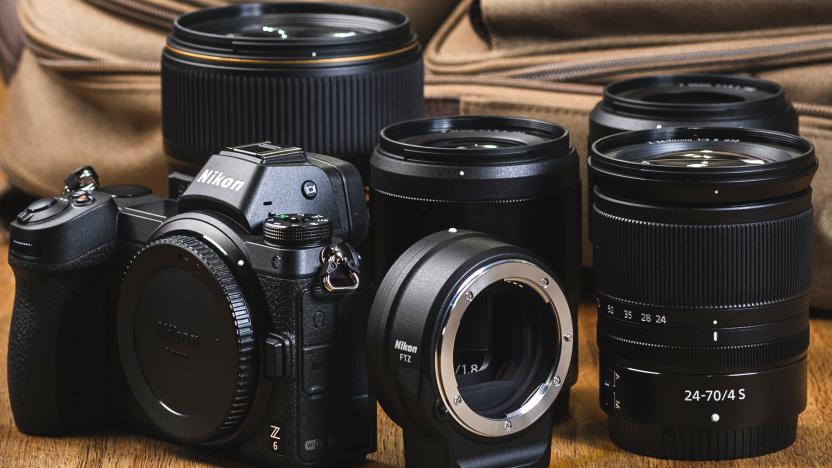
How to pick a lens for your mirrorless camera in 2019
When buying a mirrorless camera, there's an equally crucial side question: What lenses do I need for this thing? The glass you place in front of that sensor plays a key role in how your photos or videos look and what kind of shooting you can do. It's a complex decision too. You need to consider factors like sharpness, distortion, speed, prime or zoom and, most important, price. In this guide, I'll touch on all that and look at some of the best lenses for Sony, Canon, Nikon, Fujifilm and Micro Four Thirds mirrorless cameras.

How to buy a mirrorless camera in 2019
You can mark down 2019 as the year that mirrorless cameras vaulted to the top of photographers' wish lists. They sold nearly as well as DSLRs in 2018, thanks largely to Sony, and may outsell them for the first time in 2019. That's because the number available exploded at the end of 2018 and most of the important new cameras are mirrorless models. All of them have improved autofocus tech, better electronic viewfinders and excellent 4K video features. Nikon, Canon and Fujifilm are determined to cut into Sony's market share, so they all released new models -- to various degrees of critical acclaim. And it's working: Where Sony once had 99.5 percent of the full-frame mirrorless market in Japan, for instance, its share has dropped to 60 percent. More choice is terrific, but it does make your buying decision more difficult, which is why we're here. Our deep and detailed camera guide, dedicated to mirrorless models, will help you sort out which one that suits you best, depending on your needs and budget.
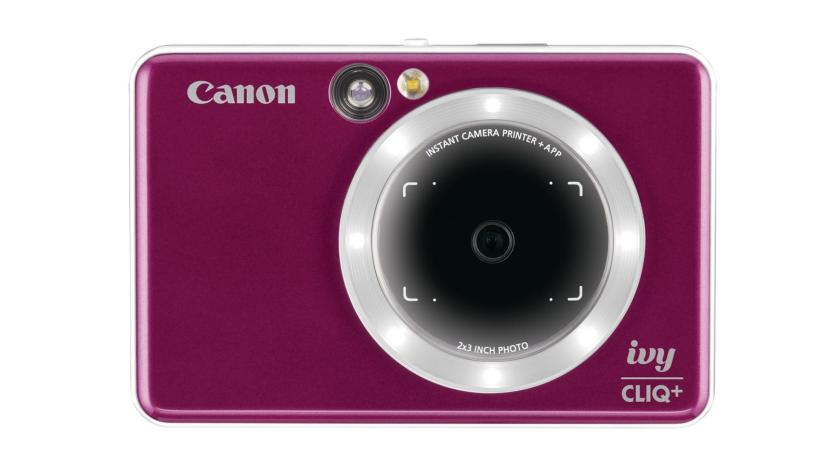
Canon takes on Fujifilm's Instax with its IVY instant cameras
Canon is going up against Fujifilm with its first instant cameras, the IVY CLIQ and CLIQ+. You can save digital photos or load them up with 10 sheets of Zinc paper and print in 2x2- or 2x3-inch formats. The cameras pack built-in flashes and selfie mirrors, optical viewfinders, microSD card slots, USB charging and auto exposure/focus. They feature wide and relatively fast 25.4mm f/2.2 lenses.

Engadget at 15: A look at how much tech has changed
A lot has changed since Engadget was born, both in the gadgets we use and what we do with them on a regular basis. When the site started in 2004, fitness trackers, voice assistants and electric cars were the stuff of fiction. Now most of these are commonplace, so much so that we put our trust in them on a daily basis. To celebrate Engadget's 15th birthday, here are 15 things that didn't exist 15 years ago.
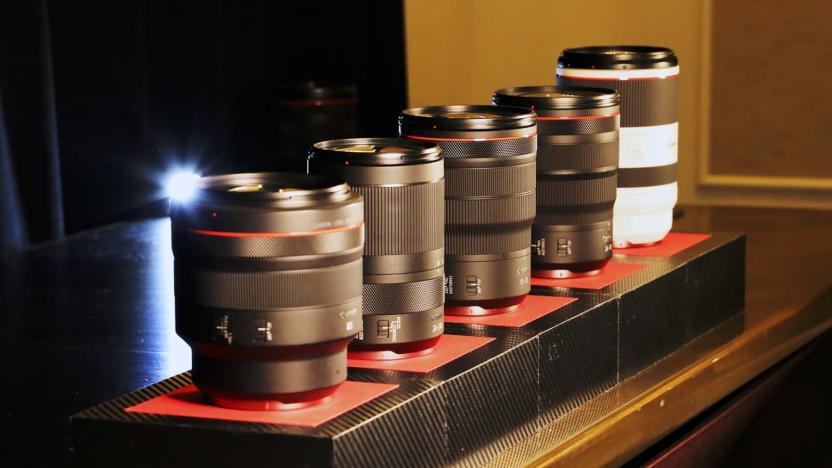
Canon unveils more lenses to go with its new EOS RP camera
Canon has announced that, by the end of 2019, it'll add six more lenses to its EOS R and new EOS RP full-frame mirrorless lineup, bringing the total to nine. Coming in the second half of this year, the new models will be the RF 15-35mm f/2.8L IS USM, RF 24-70mm f/2.8L IS USM, RF 70-200mm f/2.8 L IS USM, RF 85mm f/1.2L USM, RF 85mm f/1.2L USM DS (defocus smoothing) and the RF 24-240mm f/4-6.3 IS USM.

Canon’s next full-frame mirrorless camera is the EOS RP
Well, it looks like the recent rumors were spot on: Canon is getting ready to launch a compact version of its EOS R camera. And here it is. Meet the EOS RP, a full-frame mirrorless shooter that costs a reasonable $1,299 (body-only). For those of you keeping track at home, that's $1,000 less than the EOS R, which just arrived in October of 2018.
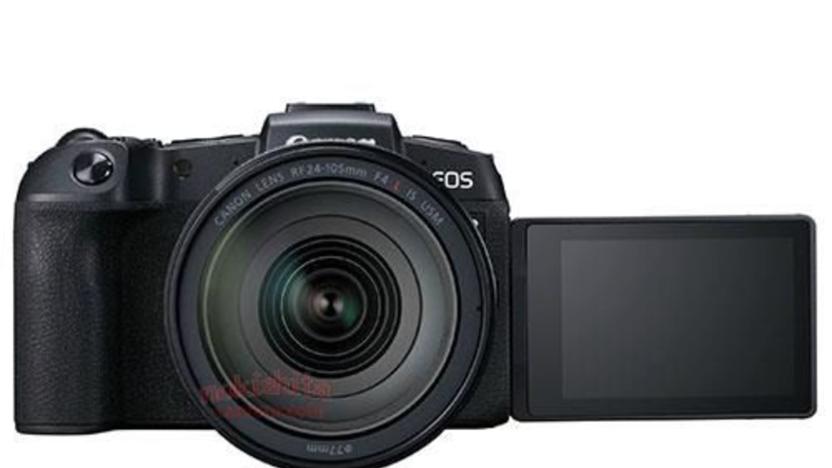
Canon's leaked full-frame mirrorless is a compact version of the EOS R
Canon is preparing to reveal its second full-frame mirrorless camera after the EOS R, but before it could officially pull back the curtain on it, photos of the EOS RP have leaked. Nokishita Camera also posted some of the supposed specs, indicating the RP will have a 26.2-megapixel full-frame CMOS sensor and offer five-frames-per-second continuous shooting.





